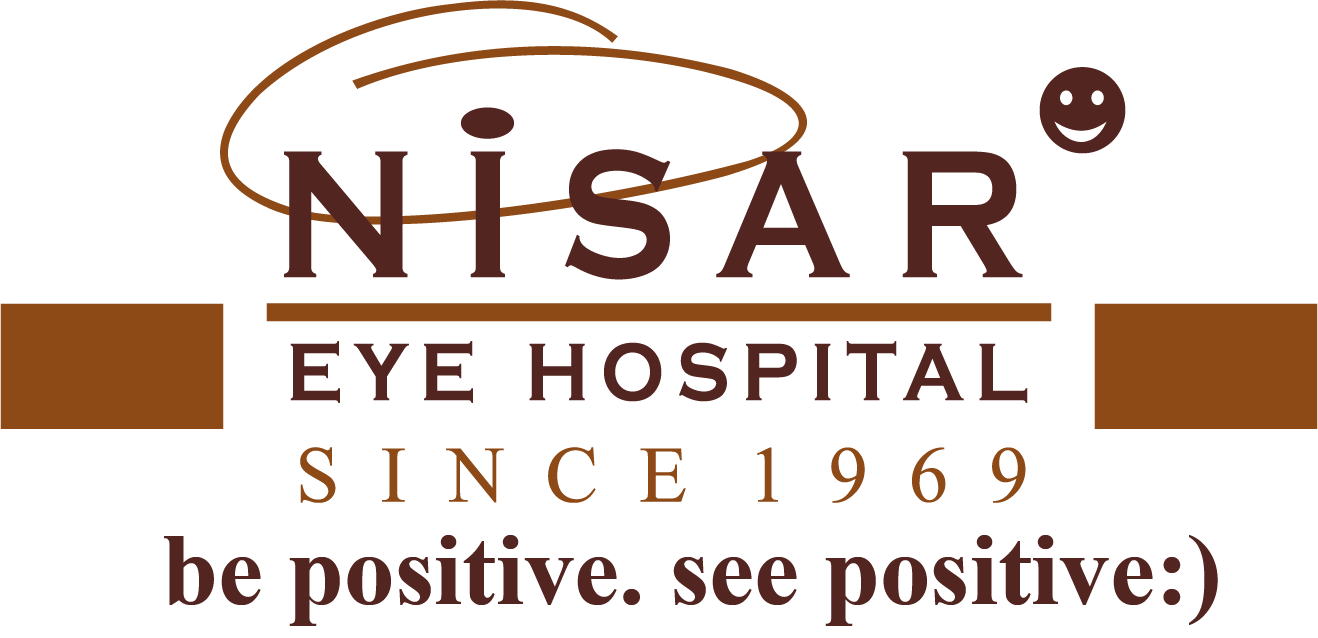What is a pterygium?
It is a wing shaped growth of the conjunctiva over the cornea.
Why does it happen?
The widely accepted theory is that u-v radiation from sunlight along with exposure to wind and dust leads to the breakdown of the barrier between the transparent conjunctiva covering the white part of the eye and the transparent cornea over the brown iris.
Is it painful?
No, pterygium is not painful.
Why does it need treatment?
The pterygium can disturb the normal curvature of the cornea and lead to high cylinder numbers. If it comes towards the centre of the pupil, it can cause permanent scarring and loss of vision.
Besides, a pterygium gives a bad cosmetic appearance as well as irritation and foreign body sensation.
Is there any medical treatment?
Lubricant eye drops can reduce the irritation, but the only definitive treatment of pterygium is its surgical removal.
Which is the best type of surgery?
The gold standard of pterygium surgery is its excision with a conjunctival autograft, which means that the patient’s own conjunctiva is used to cover the bare area after removal of the pterygium.
Why is a graft necessary?
Simple removal of the pterygium leads to very high rates of recurrence, almost approaching 40 percent. The use of a graft can reduce the chances of recurrence to less than 5 percent.
Will I need stitches?
There are many ways to fix a graft, including autologous serum, glue, absorbable stitches, or a combination of the methods. This will be decided during surgery depending on the size and extent of the bare area.
Can I have more than one pterygia?
Yes, it is possible to have a pterygium in each eye and sometimes, two pterygia in the same eye.
How much time does it take?
Each eye takes less than 5 minutes.


